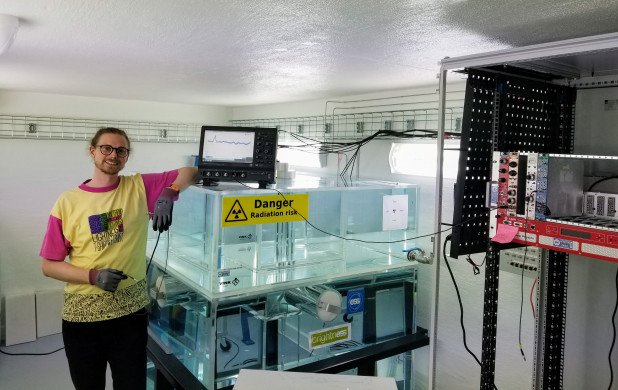Precision Redefined: Decoding Neutron Detector Specification Sheets
Unraveling the Mysteries: Neutron Detectors and the Precision Within
Neutron detectors, with their intricate design and sophisticated functionality, stand at the forefront of cutting-edge technology, unraveling the mysteries concealed within the atomic realm. As instruments crucial for scientific research, security protocols, and nuclear applications, these detectors operate as silent sentinels, vigilantly monitoring neutron flux with unparalleled precision.
Navigating the landscape of neutron detectors involves a nuanced understanding of the intricate specifications that define their capabilities. The specification sheet, a roadmap to the detector’s capabilities, becomes a crucial document for scientists, engineers, and security personnel alike. Within its confines lie details about detection efficiency, energy response, and sensitivity, providing a comprehensive insight into the detector’s performance under varying conditions.

The realm of neutron detectors is marked by a continual quest for precision, and this pursuit is encapsulated within the details of the specification sheet. Detection efficiency, a key parameter, delineates the detector’s ability to accurately identify and capture neutron events. As scientists delve into nuclear phenomena, this efficiency becomes paramount for ensuring the fidelity of experimental results and the reliability of security measures.
Energy response, another critical aspect of neutron detector specifications, unveils the detector’s sensitivity across different energy ranges. This facet is pivotal in applications ranging from nuclear physics experiments to the detection of illicit nuclear materials, where the ability to discriminate between various neutron energies is crucial for accurate assessments.
Moreover, sensitivity, reflected in the specification sheet, underscores the detector’s capacity to discern low-intensity neutron signals, a capability that finds application in diverse fields, from medical diagnostics to geological exploration. As we decode these intricate specifications, a panorama of possibilities unfolds, showcasing neutron detectors not merely as instruments but as guardians of precision, guiding scientific endeavors and safeguarding against potential nuclear threats.
In conclusion, the intricate world of neutron detectors and their specification sheets represents a testament to human ingenuity, where precision and technological prowess converge to unravel the secrets of the atomic universe.





